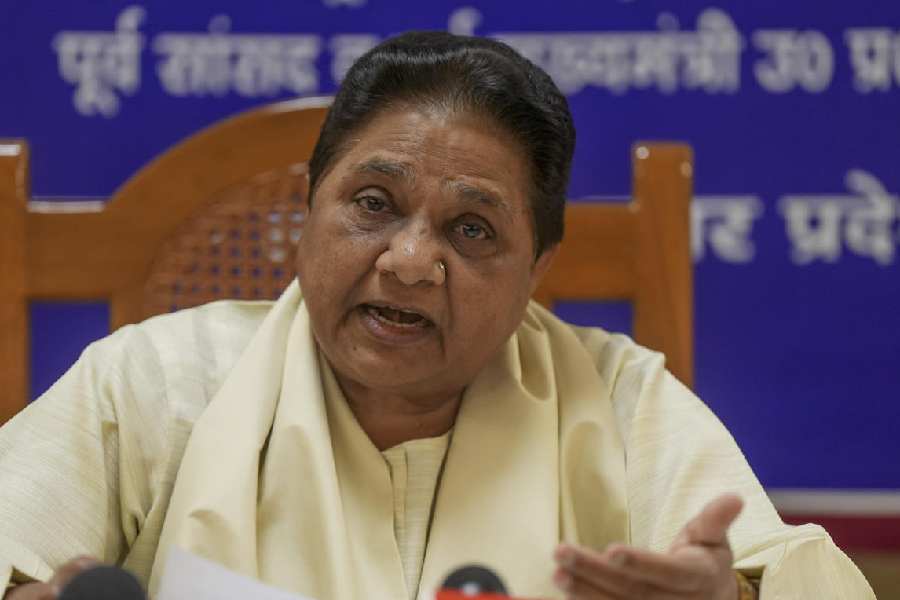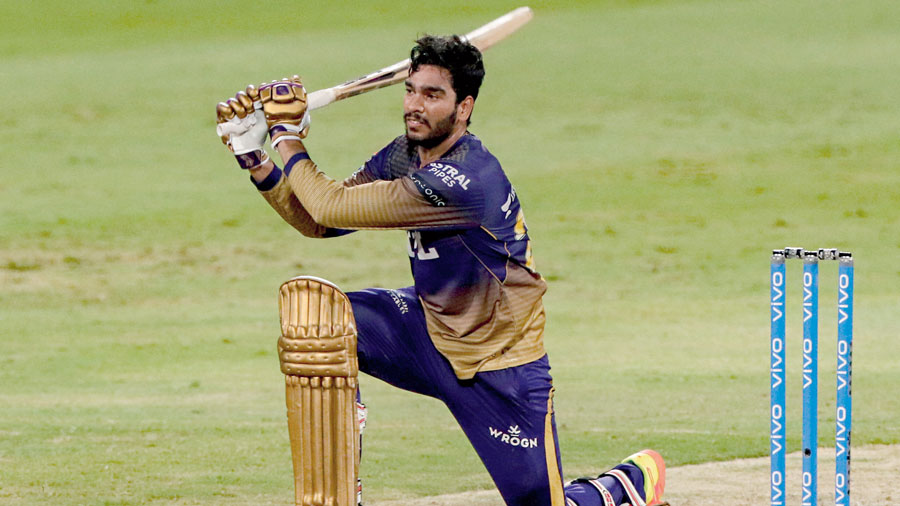The Reserve Bank of India on Friday sprang a surprise by slashing a key deposit rate in the banking system — the reverse repo — for the second time in three weeks.
The move was an attempt to discourage commercial banks from salting away the money they access from the central bank’s borrowing windows with the RBI itself.
This “lazy banking” phenomenon of circulating money within the banking system itself — stemming from an extreme aversion among banks to lend money to risk-prone, debt-laden commercial borrowers — has seen a tide of surplus money totalling Rs 6.9 lakh crore flow back to the RBI as of April 15.
The central bank slashed the reverse repo rate to 3.75 per cent from 4 per cent while keeping the policy repo rate unchanged at 4.4 per cent.
The repo is the rate at which the RBI lends short-term funds to banks; the reverse repo is the interest that banks earn on surplus funds that they park with the central bank.
The widening of the interest rate corridor — as a result of the 65-basis-point difference between the two key interest rates — will hopefully force banks to lend more to India Inc as the country prepares to partially lift lockdown restrictions from the start of next week. A basis point is one-hundredth of a percentage point.
If the money doesn’t flow to the productive sectors of the economy, plants and factories across the country will not suddenly shudder to life after the lockdown curbs are relaxed and power the faltering Indian economy’s pistons of growth.
The reverse repo cut was the most important element in the fresh burst of measures that RBI governor Shaktikanta Das announced in an early morning video that galvanised the stock and currency markets.
The bellwether Sensex closed 986.11 points, or 3.22 per cent, higher at 31,588.72. The rupee hardened to 76.39 against the US dollar, an increase of 48 paise, after another day of frenetic trading.
“The RBI has pumped Rs 1.2 lakh crore of fresh currency into the system in the last 45 days since the Covid-19 outbreak in the country,” said Siddhartha Khemka, head of retail research at Motilal Oswal Financial Services.
Fiscal plan wait
Economists and other market experts continued to debate the wisdom of India’s strategy of forcing the central bank to do all the heavy lifting in an attempt to tackle the coronavirus crisis while the Narendra Modi government continued to twiddle its thumbs on the sidelines.
The government has been accused of being unresponsive to India Inc’s fervent pleas to backstop the RBI’s efforts with a stimulus package of tax breaks and other fiscal incentives amounting to 2 per cent of the GDP. Industry has been clamouring for at least a Rs 4-5 lakh crore package but has been spurned with haughty disdain.
India’s intransigent stand flies in the face of the global response to the withering effects of the Covid-19 crisis: the US has passed a $2.2-trillion fiscal package while the UK has cobbled a £30-billion plan to support businesses with tax and wage support and Japan has announced 430.8 billion yen of extra spending. China has announced plans to float 2.8 trillion yuan worth of special bonds to kick-start the economy.
However, the Modi government continues to plug the virtues of its Rs 1.70 lakh crore “stimulus” plan, announced last month, that deftly repackaged elements of existing welfare measures.
The size of the plan is exaggerated because it monetises a grain surplus built on the back of a decades-old procurement programme to ensure farmers get a remunerative price for their produce, and commits very little cash.
With no support from the fiscal side, the RBI was forced to come up with a slew of measures that included a relaxation in bad loan recognition rules, a plan to shovel cheap funds into non-banking finance companies, a ban on the payment of dividends by banks to their investors,
and an offer to increase the overdraft facility to cash-strapped states that falls way short of their demand, placed before the Centre, to be allowed to raise market borrowings.
The RBI governor said that since his last address on March 27, the macroeconomic and financial landscape had deteriorated — precipitously in some segments even though “light still shines through bravely in some others”.
Das said the new measures were designed to meet four objectives: maintain adequate liquidity in the system, facilitate and incentivise bank credit flows, ease financial stress and ensure the normal functioning of markets.
Bad loan relief
On March 27, when the Mint Street policymakers had stunned everyone by advancing the April monetary policy by a week, the RBI had provided a three-month moratorium to borrowers, freeing them from the obligation to pay loan instalments till May 31 without botching up their credit scores.
On Thursday, it cut the banks some slack by relaxing a 90-day bad loan recognition rule. So, loans classified into buckets based on the duration of default --- of 30, 60 and 90 days -- on which a three-month moratorium has been extended, will not come within the ambit of the bad loan rule.
What this means is that the banks will not have to activate the 90-day tripwire which forces them to brand defaults as a bad loan, and make a full provision in their books. This benefit is being extended to both banks and non-banking finance companies (NBFCs).
As a result, the banks will not witness an immediate spurt in bad loans. Small and medium businesses will be able to access additional funds since their existing, unserviced loans will continue to be treated as a standard account.
The RBI governor, however, said lenders will have to make an additional provision of 10 per cent for such exposures under the moratorium.
Light falls on shadow banks
Das extended a small benefit to shadow banking entities, particularly the small and mid-sized ones that have been crying for relief. Although some of their more important demands still remain to be granted, the RBI on Friday said it would come out with a second version of its targeted long-term repo operations (TLTRO) under which banks will be able to raise Rs 50,000 crore.
This is an auction where banks can raise funds at the policy repo rate of 4.40 per cent from the RBI. They will have to deploy the money in the segments specified by the RBI.
The central bank added that the funds availed by banks under TLTRO 2.0 should be invested in investment-grade bonds, commercial paper, and non-convertible debentures of NBFCs, with at least 50 per cent of the total amount availed going to small and mid-sized NBFCs and micro-finance institutions.
“Allowing NBFCs to grant relaxed NPA classification to their borrowers and extend realty loans by one year if projects are delayed for reasons beyond the promoters’ control are a big step given the weakening macroeconomic scenario of the country,” said Vinayak Bahuguna, CEO and managing director of Arcil India.
The RBI will also provide special refinance facilities for Rs 50,000 crore to Nabard, Sidbi and National Housing Bank to enable them to meet sectoral credit needs.











